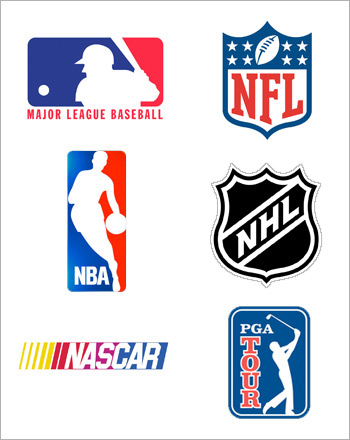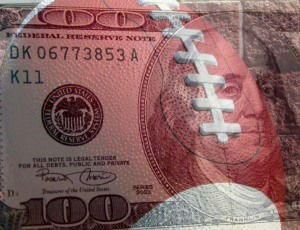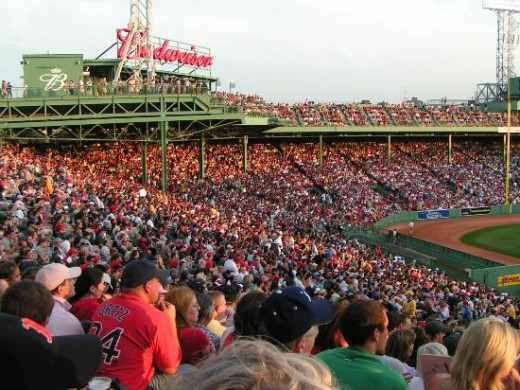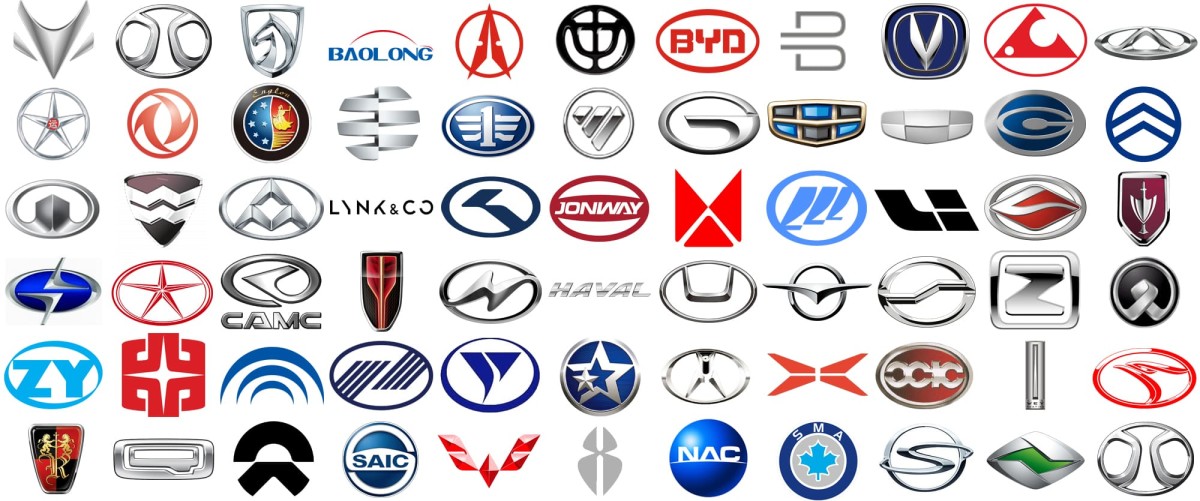Fanatic Nation

Sport and Spectacle in the Ancient World
ƒ(Sport)
Sport (n): An activity involving physical exertion and skill in which an individual or team competes against another or others.
Sport as an act, as a spectacle, is an event that could possibly predate recorded history.
“Historians of sport agree that sport, in some form, is a universal human phenomenon, that agonism (competitiveness, aggressiveness) is fundamental to human socialization and survival, and that agonistic motifs abound in widely dispersed myths and literature.”
This excerpt from the book, “Sport and Spectacle in the Ancient World” by Donald G. Kyle delves into the world of sports as a fundamental piece of human history. Ancient Greece is widely credited with the origination of sport as a spectacle. We are all familiar with the beauty that Olympus exudes as it stands as our first shrine to sports. Originally the games were anything but a game. City-states were compelled to show their vigor in an arena to display their mortal strength in front of God. Archaic as it may seem, sport is war without the intention to kill. Even today our Olympic games have grown to represent 204 sovereign nations (Olympic.org- in reference to the 2012 London games). While we may not be displaying our strength as an offering to god, we still want to flex our muscles as a nation. Regardless of being a hockey fan or despising the sport completely, Americans rejoiced in the 1980 victory over the then Soviet Union. It was more than a game at that point. It was communism falling to democracy, Carter over Brezhnev, amateurs surmounting the best team on earth. We were united and inspired despite the fact that all that was tangibly gained was a gold metal. As a nation we won, we proved to ourselves that a will to win was a powerful force. In 2010 the American hockey team faced the world-class hockey team of Canada. Although the implications were drastically different than the 1980 Miracle on Ice, the nation still watched with utter excitement. This time it was our chance to prove that we were legitimate contenders in a world dominated by Canadian all-stars. America battled admirably, but in the end, Canada prevailed. It went down in history as the most watched television event in Canadian history, with 16.6 million viewers (80% of the population) according to NBC. It was also the highest viewed hockey event in the United States since the 1980 games. I will be the first to admit my heart sunk when that buzzer went off. Sidney Crosby dropped his stick and embraced his team in front of the exuberant crowd; I dropped my head in embarrassment. My loyalty to the team was nothing more than the three hours I spent watching that game. I watched as an American, as a proponent of the American way, and at that moment I was on the losing side. Again, the only tangible difference between the loser and the victor was the color of the piece metal hanging around their necks. Though, I couldn’t shake the feeling that there was something more that we identified with it.

Sport: The Industry
The Olympics are a small fraction in the sporting culture of our nation. We have thousands of professional athletes in this country. These are people who make their living putting on titanic performances of sport: speed, strength, agility, power and endurance, the pinnacles of human physical ability. We watch in awe as they throw a baseball 100 miles per hour, leap five feet into the air to catch a football with one hand, reach speeds of 200 miles per hour in their cars, or bend a soccer ball over 30 yards into the goal. Incredible feats of athleticism are what we watch for. Our professional sports today range from everything between MMA to table tennis. Of course not many of us are making our flight arrangements for the 2011 National Table Tennis Championships on December 13th in Virginia (yeah, I Googled it), but you will have to make a conscious effort not to come across a TV with Super Bowl XLVI on February 5th of next year. If you are curious as to exactly how many seconds are left before kick off, go to www.indianapolissuperbowl.com, where you can find a real-time countdown until the ball is kicked off. The spectacle is so dominant that advertisers dished out around $100,000 A SECOND for commercials during the event this past February for Super Bowl XLV in Dallas
Plunkett Research® Ltd, the leading provider of industry sector analysis and research, industry trends and industry statistics,released a statistical analysis of the United States sports industry earlier this year. The estimated size of the sports industry in this country including league revenues, operating incomes, sporting goods, sporting equipment, and health club revenues amounts to $422 billion. If the sports industry were a country, it would fall somewhere right in front of Austria in GDP. Austria reported a 2010 GDP of approximately $405 billion according to the International Monetary Fund (IMF.org). That would place the sports industry in the top 40 for largest national economies in the world. A powerful and lucrative force in American culture to say the least, sports without a doubt hold an extraordinary place in American’s priorities. The top revenue producing professional sports in America are:
NFL - $9 Billion
MLB - $7.2 Billion
NBA – $4.1 Billion
NHL - $3 Billion
NASCAR - $645.4 Million
*NCAA Sports Revenue (Inc. Div 1, 11 and 111) - $757 Million
Of course on an international scale, nothing comes close to Soccer (or football as it is better known everywhere but the United States). It is hard to estimate accurate revenue of soccer because of its vastness; however, a recent article by Mark Ament in the Bleacher Report helped put it into prospective:
“Real Madrid, the richest, highest-grossing professional sports club in the world, generated 438 million euros (roughly $603 million in today's exchange rates) in 2009-10… In contrast, the highest grossing MLB club, the New York Yankees, made $441 million in revenue last year…That is less than Manchester United, the third place club on the Money League list.”
· To read Ament’s full article follow this link - Worlds Highest Grossing professional Sports Franchise.

Sport: Culture
It is hard to argue with the influence of sport as an ideal. It is a fundamental part of all cultures. We identify with sport; our strengths and weaknesses are magnified by sports. We classify part of our belonging to our hometown teams. $74.2 Billion Dollars, or almost 18%, of the sports industry is spent on sporting goods. Shirts, decals, hats, posters, flags, etc. are all part of the sporting culture. What would a Yankees game be like if the home crowd wasn’t flooded with blue and white, or a Fenway game without a sea of red in the stands. Our fanaticism (yes, fan is short for fanatic) is the driving force behind sports.
It is in the reality of our inability that we appreciate someone else’s ability.
Sports make us strive to be something we are not. Today our athletes rival Roman Gladiators for the quintessential representation of human physical ability. Regardless of whether it takes place on a field, court, course, track, or in a ring, there is a battle. Like I said before, sport is war without death. Although the gladiators were in a fight for their lives, and, therefore, our culture could never approve of such a spectacle, we still crave the intensity. That’s what packs 30,000 people into a baseball stadium, 70,000 into a football stadium, 100,000 into a racetrack. We want to see these nearly immortal, larger than life figures push the limits of human ability. We identify with the culture of the sport, whether we grew up playing it, watching it, or envying it, we love to participate anyway we can. We wear our favorite team’s hat and shirts with pride. It’s the little piece we hold with us to show that we belong to something bigger than ourselves. It’s our proof that we were part of the voice that cheered, part of the crowd that embraced… Part of the Team. Sport is a definitive piece of humanity. Sport, as a concept, goes beyond the monetary cost that professional sports have induced. Our demand for this sense of belonging drives the cost, but at the root lays the impression. We want to compete, and we want the best to win.









